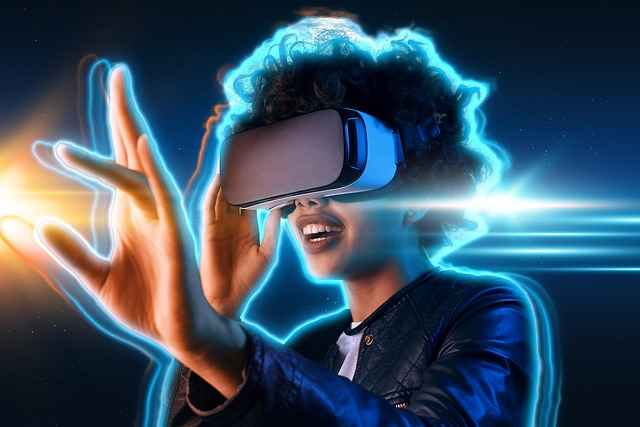
Virtual reality (VR) simulations
Published on
Average Read time: 1 minute 51 seconds
Virtual reality (VR) simulations are revolutionizing the architectural industry by offering immersive and interactive experiences for clients, stakeholders, and decision-makers. Here's a closer look at their significance:
Immersive Experience: VR simulations transport users into a digital environment where they can fully immerse themselves in the architectural design. By wearing VR headsets or using VR devices, users feel as though they are physically present within the virtual 3D space, enhancing their sense of engagement and involvement.
Interactive Exploration: VR technology enables users to interact with and explore architectural projects in real-time. Users can walk through rooms, navigate spaces, and interact with objects, providing them with a hands-on experience of the design. This level of interactivity allows users to engage with the space in a way that static images or traditional renderings cannot replicate.
Realistic Representation: VR simulations provide a realistic sense of scale, proportion, and spatial quality, allowing users to perceive the design with greater accuracy. By accurately representing architectural elements such as lighting, textures, and materials, VR simulations create a convincing illusion of the built environment, enabling users to assess the design's aesthetics and functionality.
Enhanced Communication and Collaboration: VR simulations serve as powerful communication and collaboration tools for architects, designers, clients, and stakeholders. By experiencing the design firsthand in a virtual environment, all parties can better understand and evaluate the proposed project. VR simulations facilitate clearer communication, enable more informed decision-making, and foster collaborative problem-solving.
Design Iteration and Feedback: VR simulations allow for iterative design processes by enabling designers to quickly and easily make changes to the virtual environment based on feedback. Users can provide real-time feedback on the design as they navigate through the VR simulation, allowing designers to identify areas for improvement and make adjustments accordingly.
Marketing and Presentation: VR simulations are also valuable for marketing and presentation purposes. They provide an engaging and memorable way to showcase architectural projects to potential clients, investors, and the public. By offering virtual tours and interactive experiences, VR simulations can generate excitement, attract interest, and differentiate projects in a competitive market.
Immersive Experience: VR simulations transport users into a digital environment where they can fully immerse themselves in the architectural design. By wearing VR headsets or using VR devices, users feel as though they are physically present within the virtual 3D space, enhancing their sense of engagement and involvement.
Interactive Exploration: VR technology enables users to interact with and explore architectural projects in real-time. Users can walk through rooms, navigate spaces, and interact with objects, providing them with a hands-on experience of the design. This level of interactivity allows users to engage with the space in a way that static images or traditional renderings cannot replicate.
Realistic Representation: VR simulations provide a realistic sense of scale, proportion, and spatial quality, allowing users to perceive the design with greater accuracy. By accurately representing architectural elements such as lighting, textures, and materials, VR simulations create a convincing illusion of the built environment, enabling users to assess the design's aesthetics and functionality.
Enhanced Communication and Collaboration: VR simulations serve as powerful communication and collaboration tools for architects, designers, clients, and stakeholders. By experiencing the design firsthand in a virtual environment, all parties can better understand and evaluate the proposed project. VR simulations facilitate clearer communication, enable more informed decision-making, and foster collaborative problem-solving.
Design Iteration and Feedback: VR simulations allow for iterative design processes by enabling designers to quickly and easily make changes to the virtual environment based on feedback. Users can provide real-time feedback on the design as they navigate through the VR simulation, allowing designers to identify areas for improvement and make adjustments accordingly.
Marketing and Presentation: VR simulations are also valuable for marketing and presentation purposes. They provide an engaging and memorable way to showcase architectural projects to potential clients, investors, and the public. By offering virtual tours and interactive experiences, VR simulations can generate excitement, attract interest, and differentiate projects in a competitive market.
Overall, VR simulations are transforming the way architectural designs are experienced, communicated, and evaluated. By providing immersive, interactive, and realistic experiences, VR technology is revolutionizing the architectural design process and shaping the future of the industry.